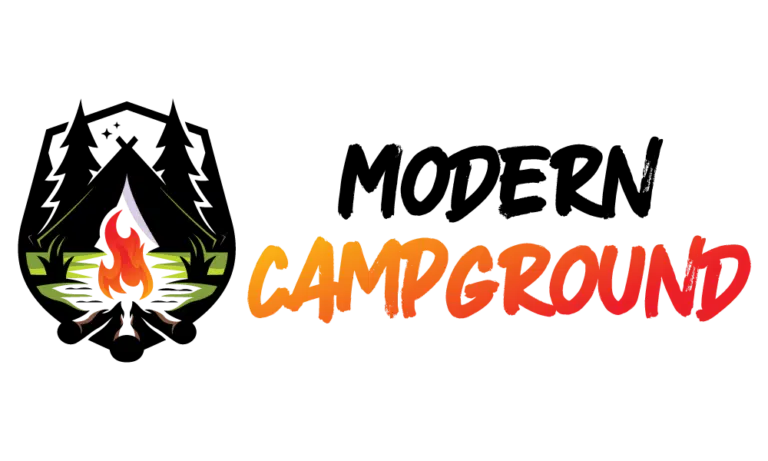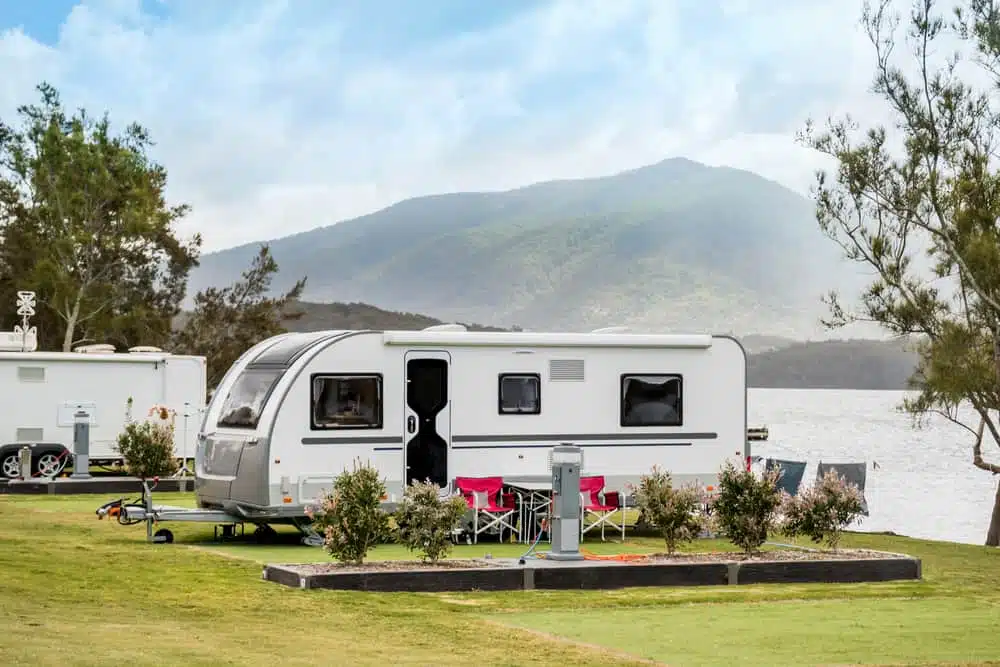The Caravan Industry Association of Australia (CIAA) is utilizing technology to serve and modernize the outdoor hospitality sector in the country.
In yesterday’s main stage session at the 2023 Canadian Outdoor Hospitality Conference & Expo (COHCE), Peter Clay, CIAA’s general manager for insights talked about two key tools the association hopes will help caravan park operators: Park Benefit and the Caravan Park for Visitor Movement platform.
The association is turning to the unique economic benefit calculator to help caravan parks measure individual contributions to the local region.
Park Benefit
The project that was commenced a decade ago now has its second iteration. Per Clay, the association has partnered with an external economic team to work out what the multiplier is for a caravan park such as the value brought to the local economy by tourists visiting the park directly or indirectly.
By entering their total night and revenue, operators can calculate the full-time equivalent employees they employ within the industry, the gross domestic product that they contribute to, and the economic value of their operations.
Clay noted that the tool is particularly useful in communicating the value of caravan parks to local governments.
“For every dollar spent, about $1.53 goes back into the economy in Australia. And that’s a really powerful message when you go to local government and go, ‘this $1.53 for every dollar spent from my operations,’” he said.
As associations in the industry continue to push for advocacies to the benefit of the sector and as more owners wish to expand their venture or build more campgrounds, the common denominator for the outdoor hospitality industry in Australia and North America is getting local governments on board.
“More and more local governments were saying, ‘well, who are you to come in and tell us what to do?’ So we’re trying to do more to empower local operators, to have those conversations, to build those networks,” CIAA’s general manager for insights shared during the visual conference session.
“[A]nd we find that’s the best way forward in perhaps heading off some challenges and opportunities from that perspective,” he said.
This echoes Kampgrounds of America (KOA) President & CEO Toby O’Rourke’s remark in the morning of the conference where she suggested that owners include in their pitch to municipalities what camping adds to the economy, communities, families, individuals, and the society.
“[T]here’s also a solid case to be made right now for building more campgrounds and adding sites. And as you do that, you need to sell this many times to the municipalities to give you the permits and the permission to do so,” O’Rourke said.
Caravan Park for Visitor Movement
The Caravan Park for Visitor Movement platform, on the other hand, is a technology platform the Australian association is working on to help caravan park operators understand visitor behavior.
For this project, the CIAA geofenced about 1,200 caravan parks around the country to fully understand when guests are moving inside the geofences, what businesses are being visited, travel time, the infrastructure being used, and more.
“And we find this is very helpful, particularly from an infrastructure development perspective and marketing opportunities,” Clay said.
Furthermore, he noted that it also helps understand partnerships that can be formed and determine where visitors are coming from in a local government area. Clay expressed that while parks are important, so are visitors, and it is important to understand their behavior to serve them better.
The Rise of Blended Tourism Services
In addition to the economic benefits, the webinar also discussed the challenges faced by caravan parks in Australia, including the rise of free camping and the need for modernization.
This push for the use of technology also does not only benefit the industry, but helps streamline processes for guests as well.
While caravan parks in Australia traditionally rely more on service and connection, some have made the move towards contactless payments, virtual and augmented experiences, and the like. Clay credited the shift to how guests have been influenced by different types of accommodations such as hotels.
“[T]hey expect that sort of technology or those types of services to start blending across in the caravan parks as well. So [they are] expecting more from what our accommodation providers are providing,” he said, calling the demand for going digital and mobile a call for “blended tourism services”.
As a result, caravan parks in Australia are no longer accommodation providers.
“We’re seeing them become digital work hubs for digital nomads, particularly from the work-from-anywhere space that’s happening. We’re seeing this blending of physical and digital visitor experiences,” said Clay.
“So [it is] this idea of automation where you’re getting your bookings on the phone [and] just happy to enter your room so you don’t have to check in anymore at the reception,” he added.
The CIAA has been actively using and promoting the use of technology in Australia’s caravan industry, as well as advocating for government support for the industry. With the continued use of technology, the caravan park industry is poised for a more efficient and effective future.
To learn more about the Caravan Industry Association of Australia, visit https://www.caravanindustry.com.au/.



